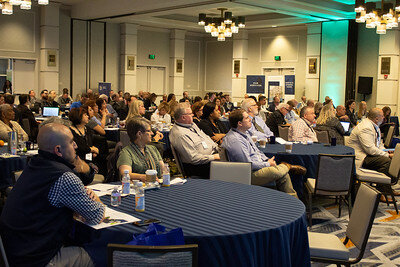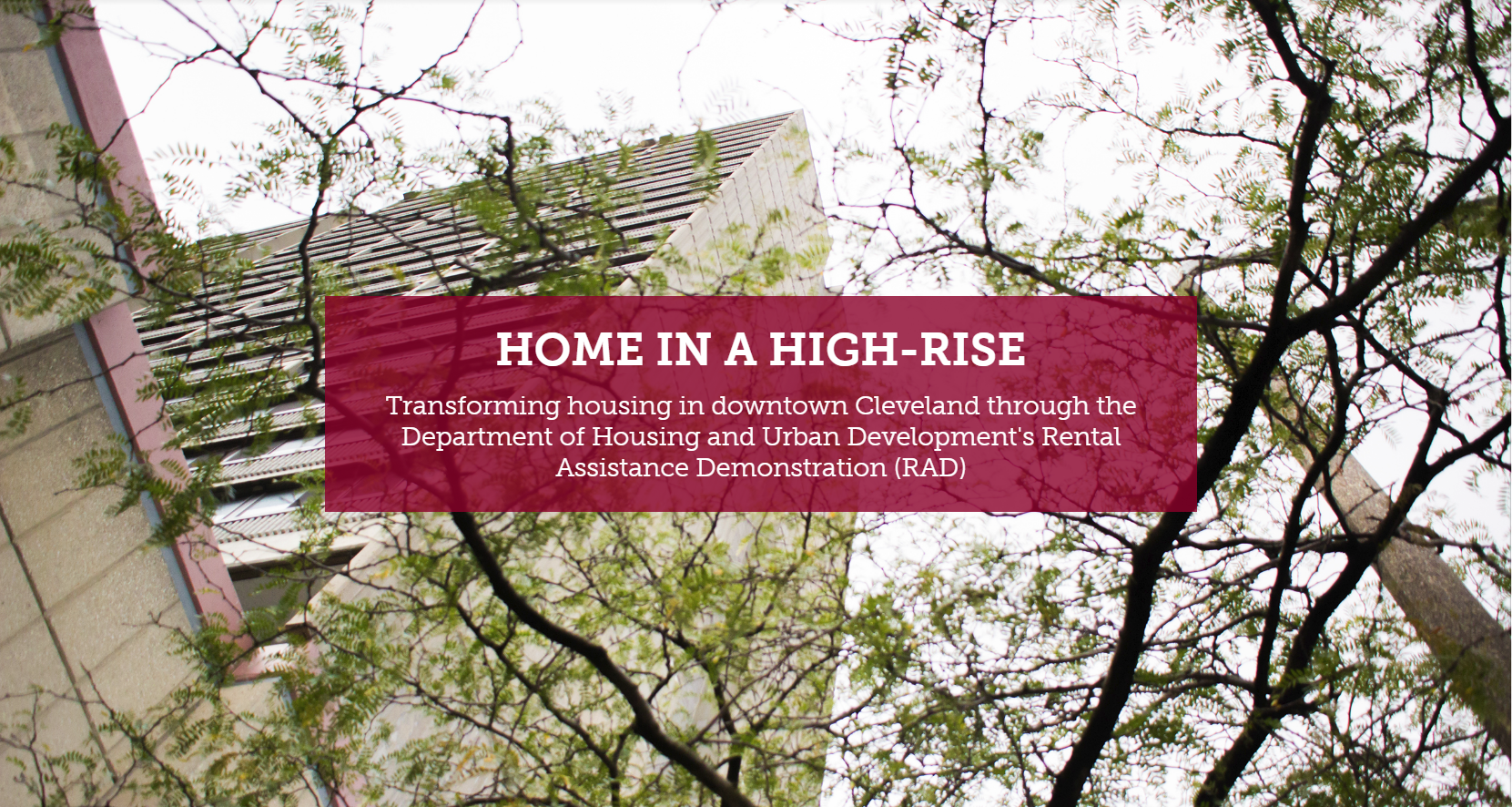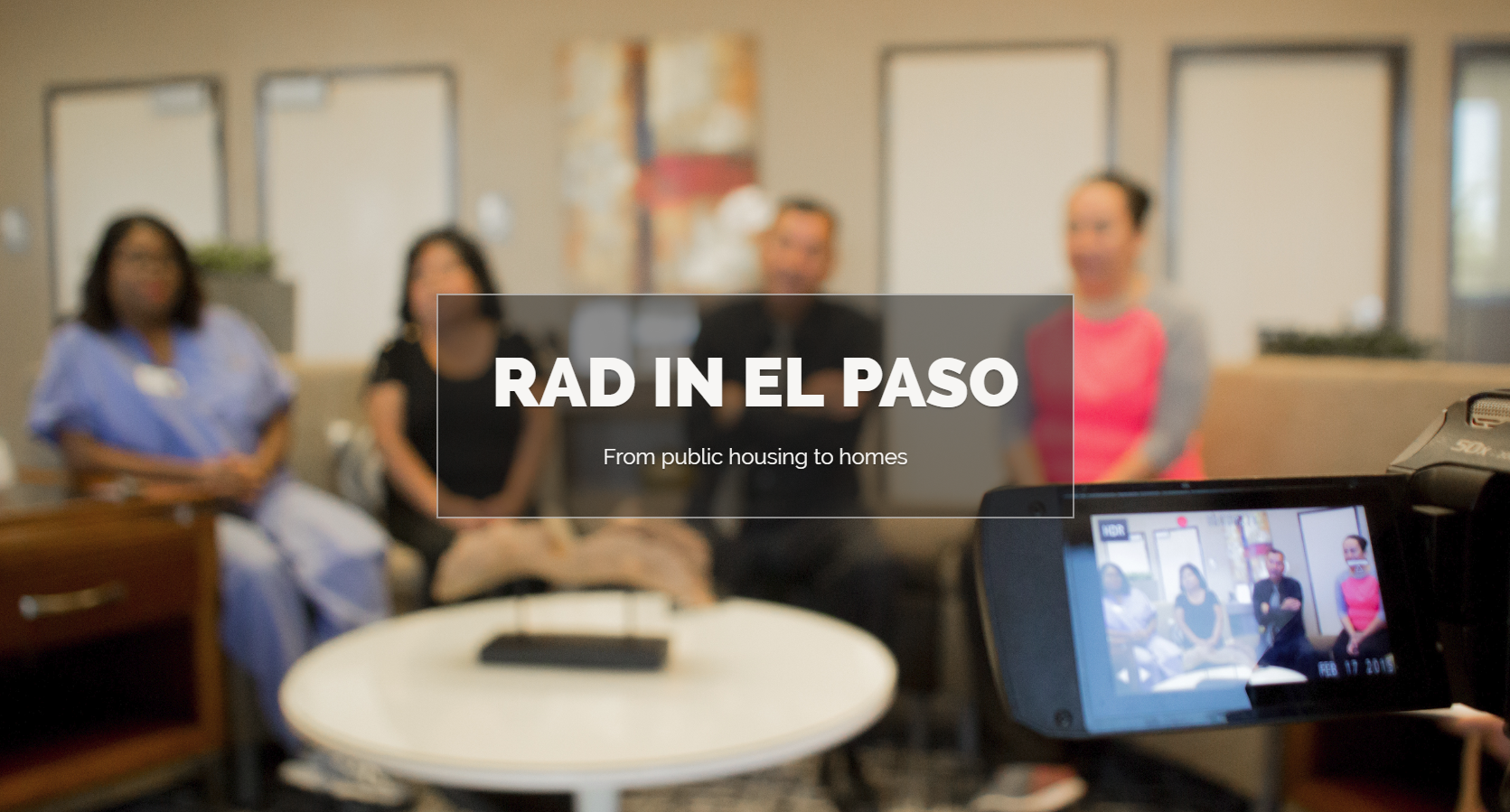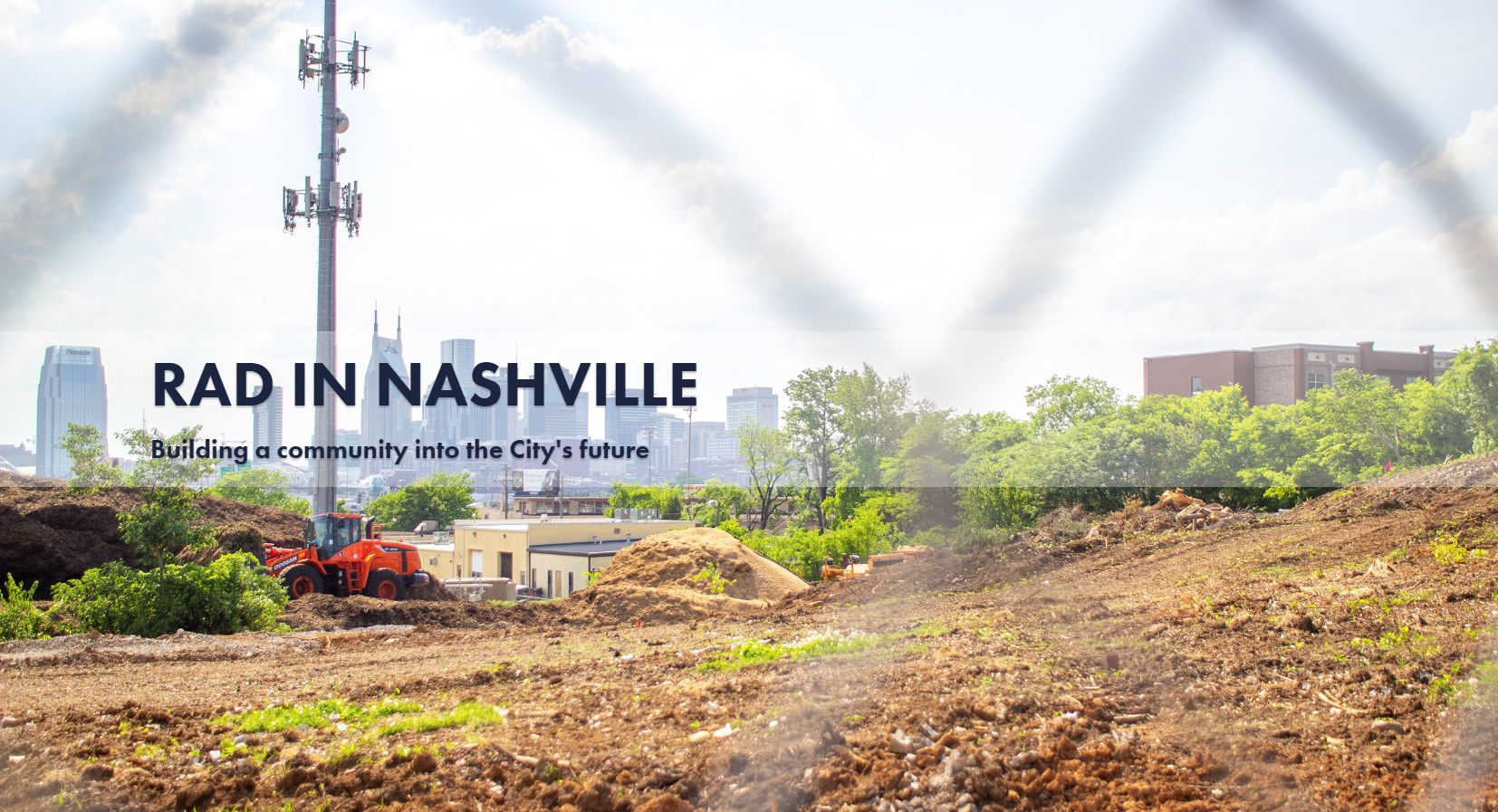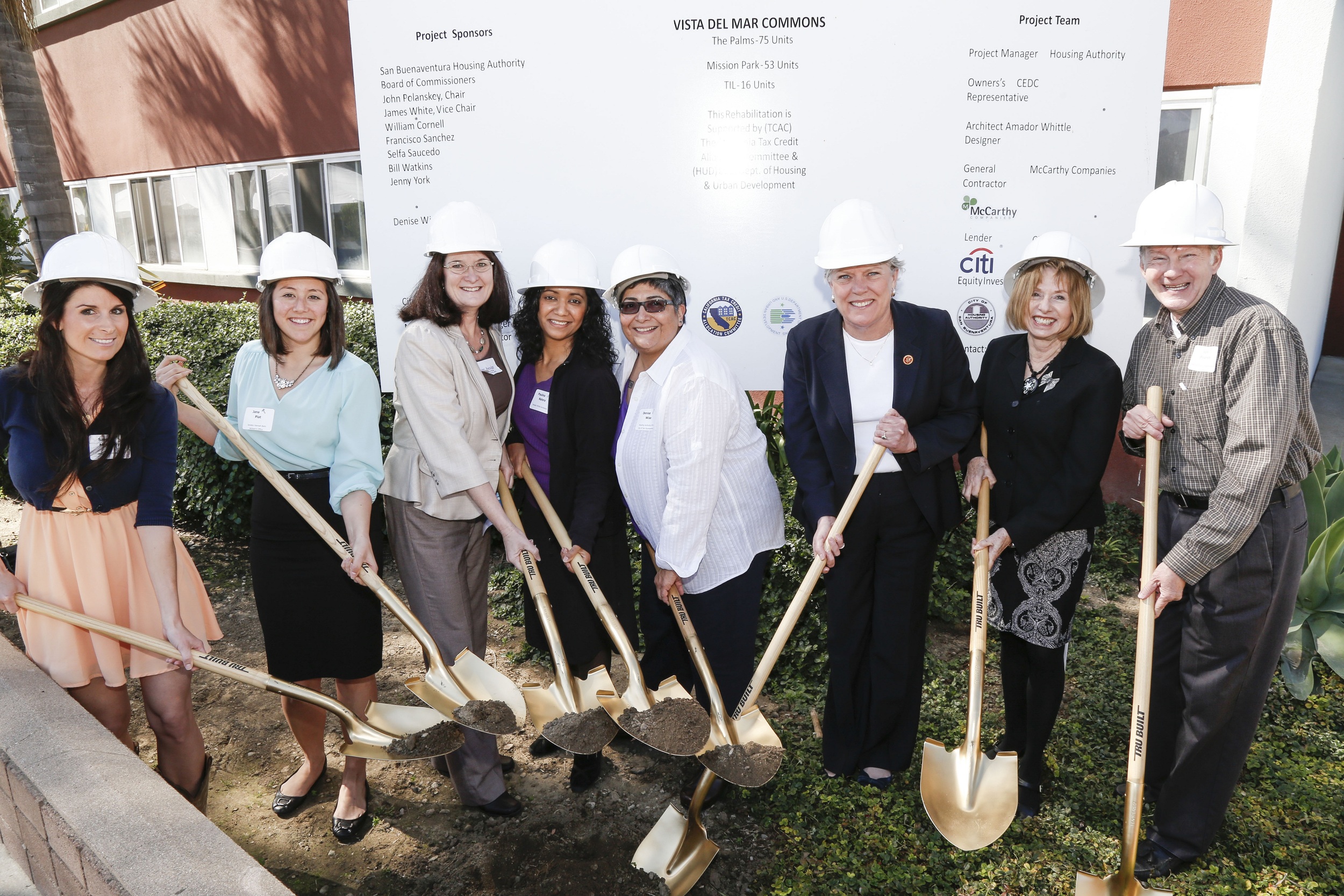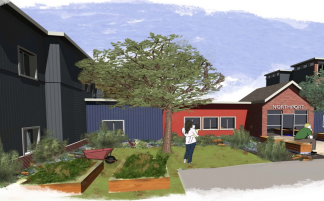Work Ahead

Steering Committee Announced, Mission & Goals Set
CLPHA announced that former HUD Secretary and OMB Director, Shaun Donovan, along with La Shelle Dozier, Executive Director of the Sacramento Housing and Redevelopment Agency (center right, below), and US Representative Ritchie Torres (not pictured), will serve as Steering Committee co-chairs of the 10 Year Roadmap process.
In accepting this role, Donovan remarked that “We need new resources, a new spirit, and new ideas for public housing nationwide...What is the opportunity to build a bigger tent?” He also underscored that we must also preserve and expand tools and resources that work, such as RAD, MTW, and the Choice Neighborhoods Initiative—and learning from them to take advantage of new funding opportunities.
The Roadmap Steering Committee initially convened in late June 2024, adopted Road Map goals, needed workgroups in advancing them and Preliminary Working Group Topics to be addressed. The adopted mission statement and goals and a list of Steering Committee members, staffing and advisors can be found on the Roadmap web page: https://www.10yearroadmap.org/.
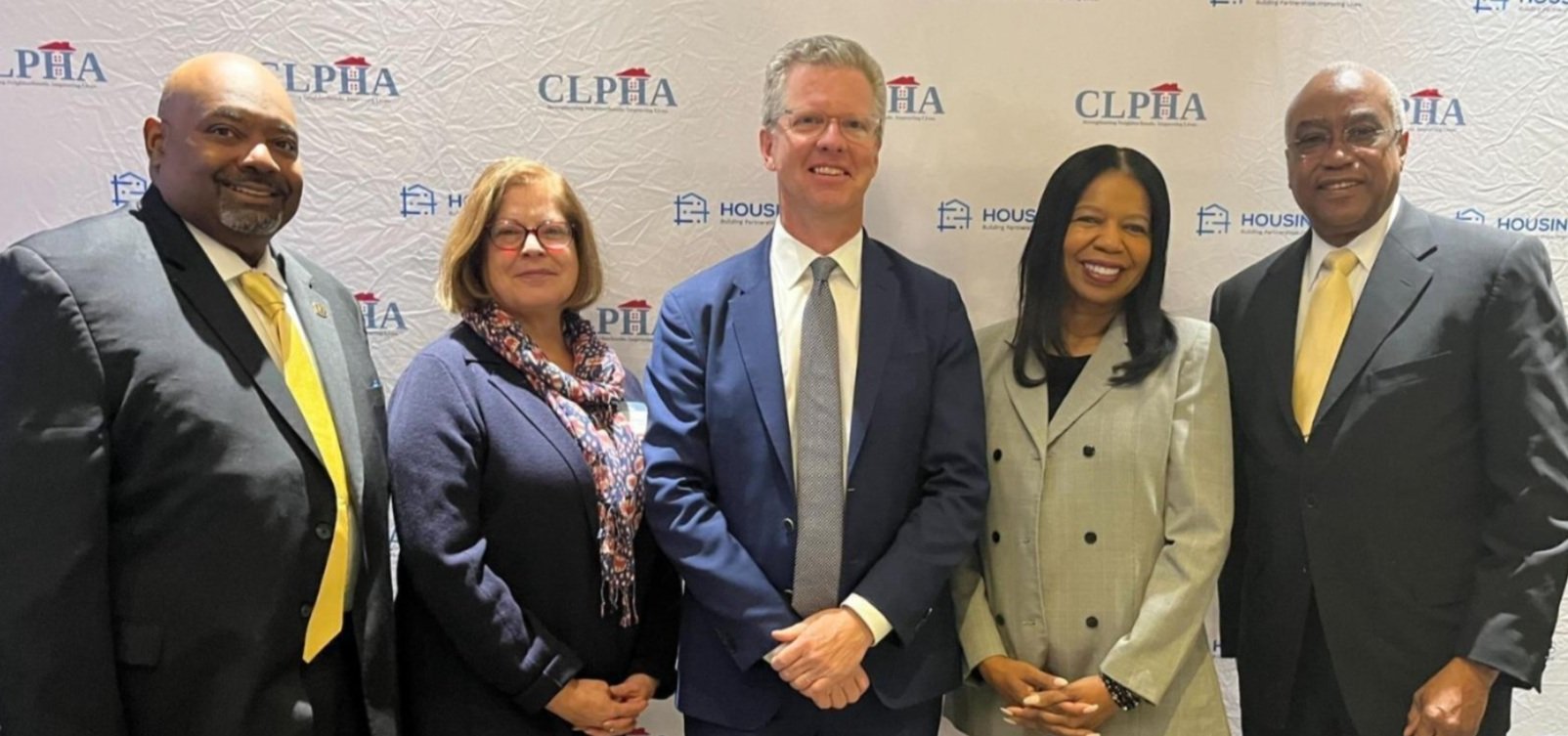
Working Groups Charged
The 10 Year Road Map Steering Committee discussed needed working group options and settled on three:
Capital Needs Definition, Standards and Costs. This working group will assess the capital needs for a sustainable public housing portfolio. It will determine an appropriate standard for assessing capital needs by using a market standard consistent with other affordable housing programs. It will also look at the broader scope of capital needs that are not included in previous capital needs estimates such as energy efficiency, climate resilience, disaster preparedness, environmental abatement, and co-location of healthcare and other services.
Current and New Repositioning Tools. The second working group will assess how to scale the financing. It will look at the impact, effectiveness, and gaps in the current repositioning tools. Changes in statutes and regulations and new financing models such as green banks, public housing trusts, and local bond issuance will be explored.
Cross-Sector Service Connections and Investments. The third working group will focus on cross-sector service connections and investments such as embedding access to primary care and behavioral health services in preservation funding strategies. It will also look at how Medicaid/Medicare funds can be used for health, wellness, and community support in coordination with preservation strategies.
Participants in each of the working groups are currently being assembled. Their work is expected to begin September 2024.
Noteworthy RAD Developments
In this case study Lavonia (GA) Housing Authority ED, Rick Whitworth describes why RAD worked for LHA: “Being an executive director for 25 years, I’ve seen programs come and go—some good and some not so good. RAD is the most promising program for agencies to grow and become more of a housing industry partner, with serious options at their disposal to match the needs of the local community. I tell people this program changes their agencies from being a quasi-government agency, with massive regulation, to more of a business, with decreased HUD regulation and oversight.
After five years of planning, Phase 1 of the renovations of Lyman Terrace began in 2017 and closed in 2019. As Phase 1 progressed, the Holyoke Housing Authority determined how to fund phase 2. The Executive Director of the HHA, Matthew Mainville, worked closely with all the Lyman Terrace project partners, including the HUD RAD office, to develop a plan. Together, they were able to seize a new opportunity to change the course for Lyman Terrace.
The Housing Authority of the City of Austin (HACA) has recently completed an effort to preserve and improve 1,816 units of public housing through conversion under RAD. HACA’s conversions have exemplified a residents-first approach, educating and empowering residents to actively participate in the RAD conversion and promote a robust Choice-Mobility option (i.e., the right to request a tenant-based voucher after a period of occupancy). The properties they have converted have undergone a mix of rehabilitation or complete redevelopment. Their final conversion blended the use of RAD and Section 18 towards the redevelopment of one of America’s oldest public housing properties, Chalmers Court.
In June of 2015, CHA received one of the largest RAD awards in the country, obtaining a portfolio award for 10,937 units. To date CHA has converted more than 5,000 residential units across 28 transactions. CHA has been able to forge new partnerships with lenders and investors, garnering additional private funds for improving properties in their portfolio and delivering new mixed-income housing across the City to accomplish RAD and MTW goals. Across Chicago’s 28 closed RAD transactions, the Housing Authority will perform $456 million in hard construction.
When RAD was established by Congress, NYCHA decided that Ocean Bay, a 1,395-unit public housing complex on the Far Rockaway Peninsula, would be the first public housing property renovated in New York City through the program. RAD allowed NYCHA and its development partners to leverage $560 million in private sector debt and equity and in disaster recovery funds for repairs, all while maintaining the units at Ocean Bay as long-term affordable housing for the community.
The Philadelphia Housing Authority adapted the former school building into new residential housing. Within the Lural Lee Blevins Veterans Center, the PHA was able to construct a total of 37 one- and two-bedroom apartment units. These units are available for senior residents and marketed towards veterans, including twelve units that are set aside for homeless and/or veterans with special needs.
This photo essay highlights resident experience before, during, and after a Rental Assistance Demonstration (RAD) conversion, a program of the Office of Recapitalization in the Office of Multifamily Housing Programs at HUD. The information below includes actual quotes by residents in a personal account of what it is like to live in a property that converts under RAD.
This photo essay highlights a Rental Assistance Demonstration (RAD) conversion in El Paso, Texas. It features residents' stories of what it is like to live in properties that convert under RAD. RAD is a cost-neutral project of the Department of Housing and Urban Development, managed within the Office of Recapitalization in the Office of Multifamily Housing, that leverages public and private debt and equity to reinvest in the public housing stock.
This photo essay highlights resident experience before, during, and after a Rental Assistance Demonstration (RAD) conversion, a program of the Department of Housing and Urban Development (HUD)’s Office of Recapitalization. It includes an honest account of what it’s like to live in a property going through a RAD conversion.
This photo essay explores the impact of a Rental Assistance Demonstration (RAD) conversion, a project of the Department of Housing and Urban Development (HUD)'s Office of Multifamily Housing Program’s Office of Recapitalization team, on both the immediate and surrounding neighborhood. We sent a team to explore the conversion experience of Cayce Place in Nashville, Tennessee.
At 20,000 unit/year average pace, HUD’s Recap Office is turning public investment into better housing for those that need it most - at a faster rate than any other comparable HUD program. Watch - and share- the CLPHA/RAD Collaborative video outlining what this impressive milestone in preserving our nation’s public housing inventory means for families, communities, the environment & local economies. And join with us in calling for making RAD a permanent option!
In just five years of active implementation, RAD has generated over $5 billion in construction improvements for more than 88,000 already-converted public housing units with more on the way. Initial and final awards plus waiting lists slots have been extended to nearly 26% of the total public housing stock.
In the largest RAD portfolio conversion for an agency of its size, CHA executes a "textbook" 4% LIHTC/tax-exempt bond financing with Mass Housing and City Community Capital investments to preserve much-needed housing in one of the country's highest-prices markets.
See the Housing Authority of the County of Austin's video on how it fully engaged its residents and built stakeholder endorsement throughout the community for its RAD portfolio conversion.
Watch what residents of the Housing Authority of San Buenaventura, CA have to say about RAD so far and their hopes for the RAD work ahead.
On September 30, 2015, Boulder Housing Partners (BHP) closed on its RAD conversion of four properties as a part of its larger public housing conversion of six total assets, which housing 279 of Boulder's most economically vulnerable families, seniors, and individuals with disabilities.
Public housing authorities in Montana - including those in Missoula and Whitefish - will share more than $2.65 million in grants from the U.S. Department of Housing and Urban Development.
The McKinney Housing authority is one of the first three agencies in the state accepted into the US Department of Housing and Urban Development's Rental Assistance Demonstration program...
The Spartanburg Housing Authority will use some of its nearly $2.8 million in Rental Assistance Demonstration funds for various administrative priorities and housing improvements.

